
Potash fertilizers: what are
Potash fertilizers are divided according to the percentage of potassium oxide (K₂O). Let’s name their main characteristics and methods of application.
Raw potassium salts
They are obtained by grinding natural potassium salts (silvinite contains 12-15% potassium oxide and 45% sodium oxide, kainite — 10% potassium oxide and 6% magnesium oxide). There is little active substance in raw potash fertilizers, besides it contains a large amount of impurities. Therefore, they are most often used directly in the places of extraction of raw materials:
transporting them is simply unprofitable. They also contain a lot of chlorine — 4 times more than potassium, and their use for chlorophobic crops (grapes, nightshade, citrus fruits, pumpkins, beans, berry crops) is impossible. But sugar beets, radishes, spinach, chard, celery, carrots are not sensitive to chlorine and react positively to a large amount of sodium — it is 2.5 times more in raw potassium fertilizers than potassium.
Concentrated
All these are products of industrial processing of potash ores.
- Potassium chloride. The most concentrated (contains up to 60% potassium oxide) of the potash fertilizers offered to gardeners — and one of the most common and economical. It is available in two versions — granular (gray or pink large crystals or granules) and a hammer. It can be used as a basic fertilizer and for regular fertilizing. The only drawback is the high chlorine content. Therefore, for chlorophobic crops (potatoes, onions, cabbage, grapes, etc.), it is recommended to use only during the main autumn application or replace it with chlorine-free potash fertilizers (we will talk about them below).
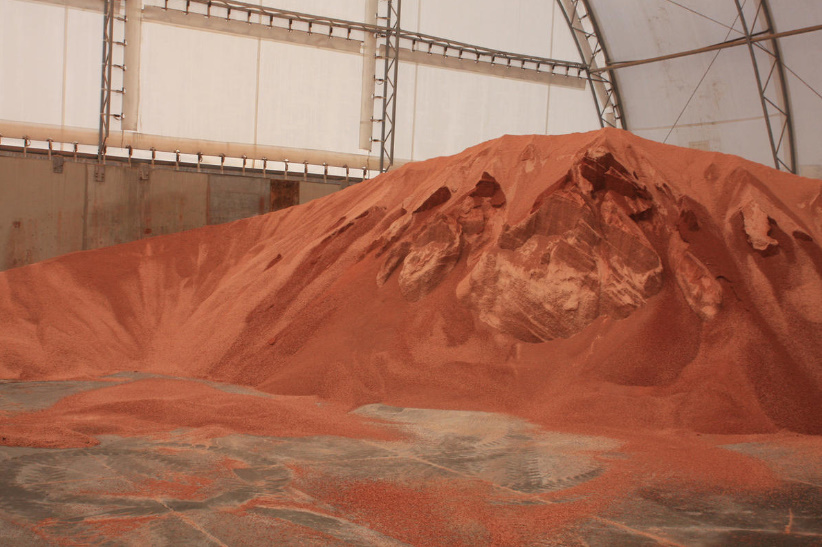
- 40% potassium salt. It is obtained by mixing fine—ground silvinite (less often – kainite) with potassium chloride. By its composition and action, it occupies an intermediate position between raw potassium fertilizers and potassium chloride: potassium oxide in potassium salt should be at least 40%, and chlorine and sodium — less than in silvinite or kainite.
- Chlorokalium electrolyte is a fine—crystalline, highly dusty powder of white color with a yellowish tinge. In terms of its action and the number of main active substances, it is similar to potassium chloride, but it also contains magnesium and sodium (approximately 5% each). Therefore, it is most effective on soils with a lack of magnesium.
- Potassium sulfate is a chlorine—free fertilizer containing 50% potassium oxide. Fine crystalline powder of white, slightly yellowish color, is used as a top dressing on crops sensitive to chlorine.
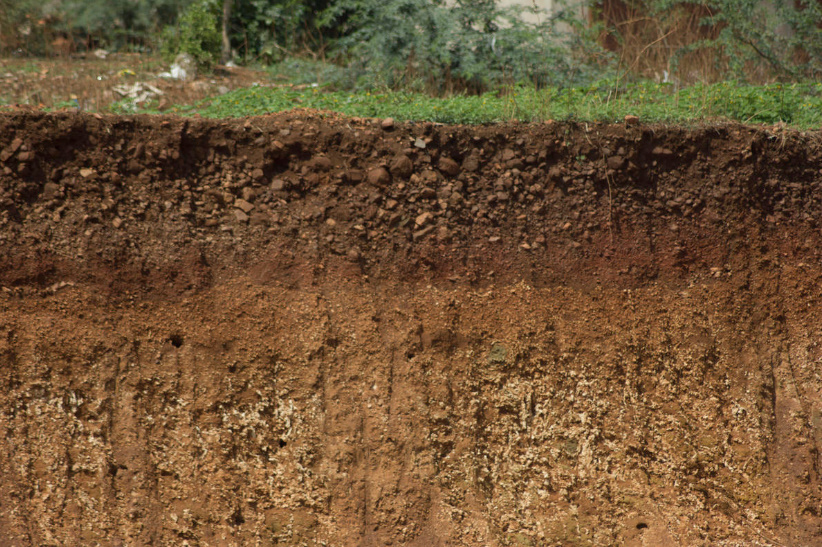
- Kalimagnesia is a mixture of potassium oxide (29%) and magnesium oxide (9%). This fertilizer can be safely used for all crops (it also does not contain chlorine) and as the main one, and for periodic fertilizing.
- Kalimag is a potassium-magnesium concentrate. By efficiency and composition (18-20% potassium oxide and 8-9% magnesium oxide) this remedy is close to kalimagnesia. The methods of application are similar.
- Potassium—containing cement dust is a mixture of carbonates, sulfates and silicates of potassium, waste from cement production. This is a chlorine-free fertilizer with an active substance content of 10 to 35%. It is excellent for soils with high acidity, since lime is also included in the composition.
Ash is our everything
Separately, it should be said about ash — potash fertilizer, which everyone can produce independently in their own oven. Ash contains potassium in the form of potassium carbonate. Its quantity depends on the raw material, that is, on the type of burned fuel. Like cement dust, ash simultaneously becomes a lime fertilizer (good for acidic soils), and is suitable for any crops, because it does not have chlorine in its composition.
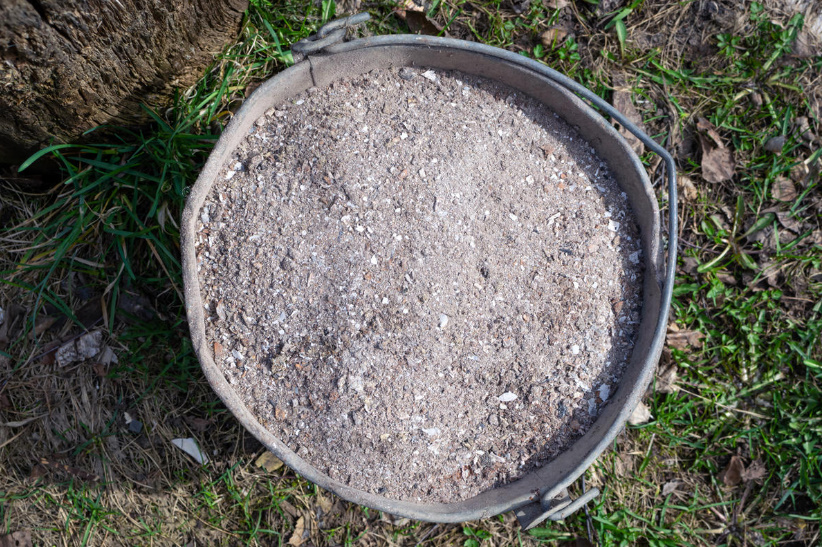
The effectiveness of ash as a potash fertilizer was appreciated by people at the dawn of their agricultural activities, unaware that it was the merit of potassium. During slash-and-burn farming, no fertilizers other than ash from the burned forest were used, but the yield was very high.
How to use potash fertilizers
All potash fertilizers are highly soluble in water. Once in the moist soil, they quickly pass into the soil solution and interact with the colloidal part of the soil. Being included in the composition of the absorbing soil complex, potassium becomes less mobile (which prevents its leaching), but at the same time accessible to plants. Therefore, it is recommended to apply potash fertilizers in autumn on soils with heavy and medium mechanical composition, and in spring on light and in regions with a large amount of precipitation.
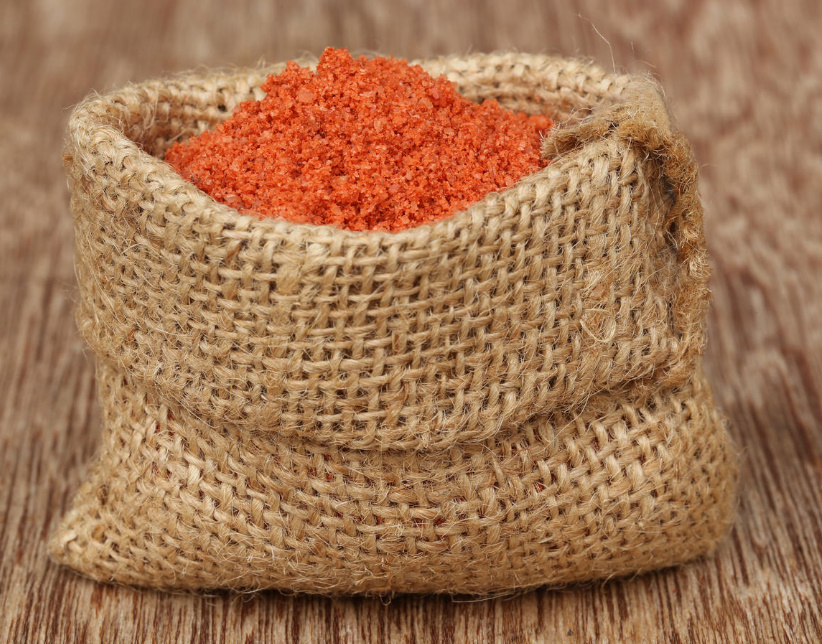
Potash fertilizers are physiologically acidic, which means that with their regular use, you should not forget about liming — or use them together with nitrogen and phosphorus fertilizers containing calcium (for example, calcium nitrate and superphosphate). The effectiveness of the use of fertilizers containing potassium depends on the provision of phosphorus and nitrogen to plants. This is especially true of clay, loamy and sod-podzolic soils. And the greatest return from the use of potash fertilizers can be observed on peat, sandy and sandy loam soils. The need for potassium is reduced when using manure: there this element is contained in a decent amount.
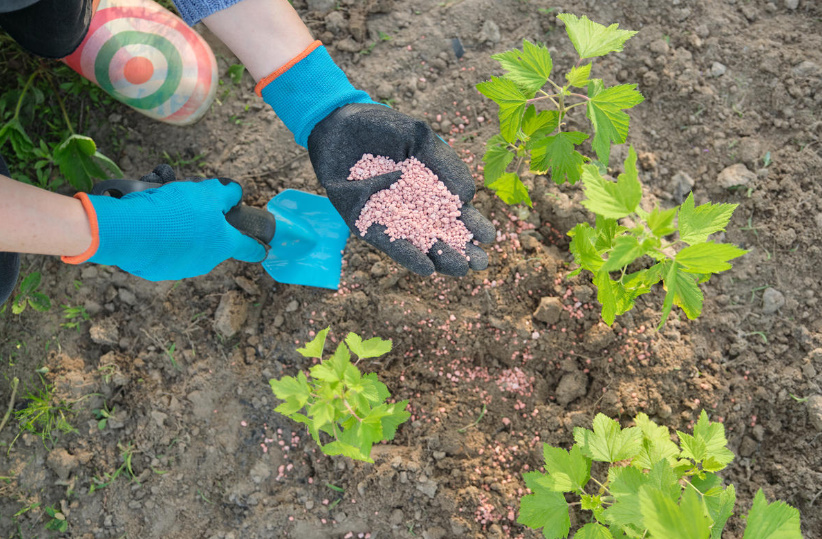
With good potassium nutrition, the quality and keeping quality of fruits, plant resistance to various diseases, and the strength of stems improve. And what kind of potash fertilizer do you use? Share your experience in the comments.
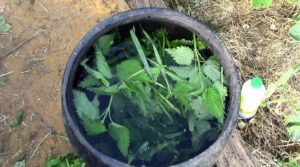

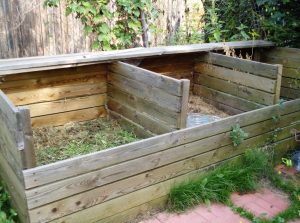
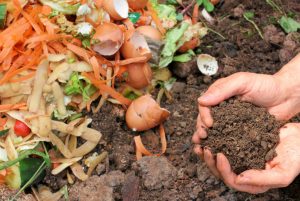
Leave a Reply